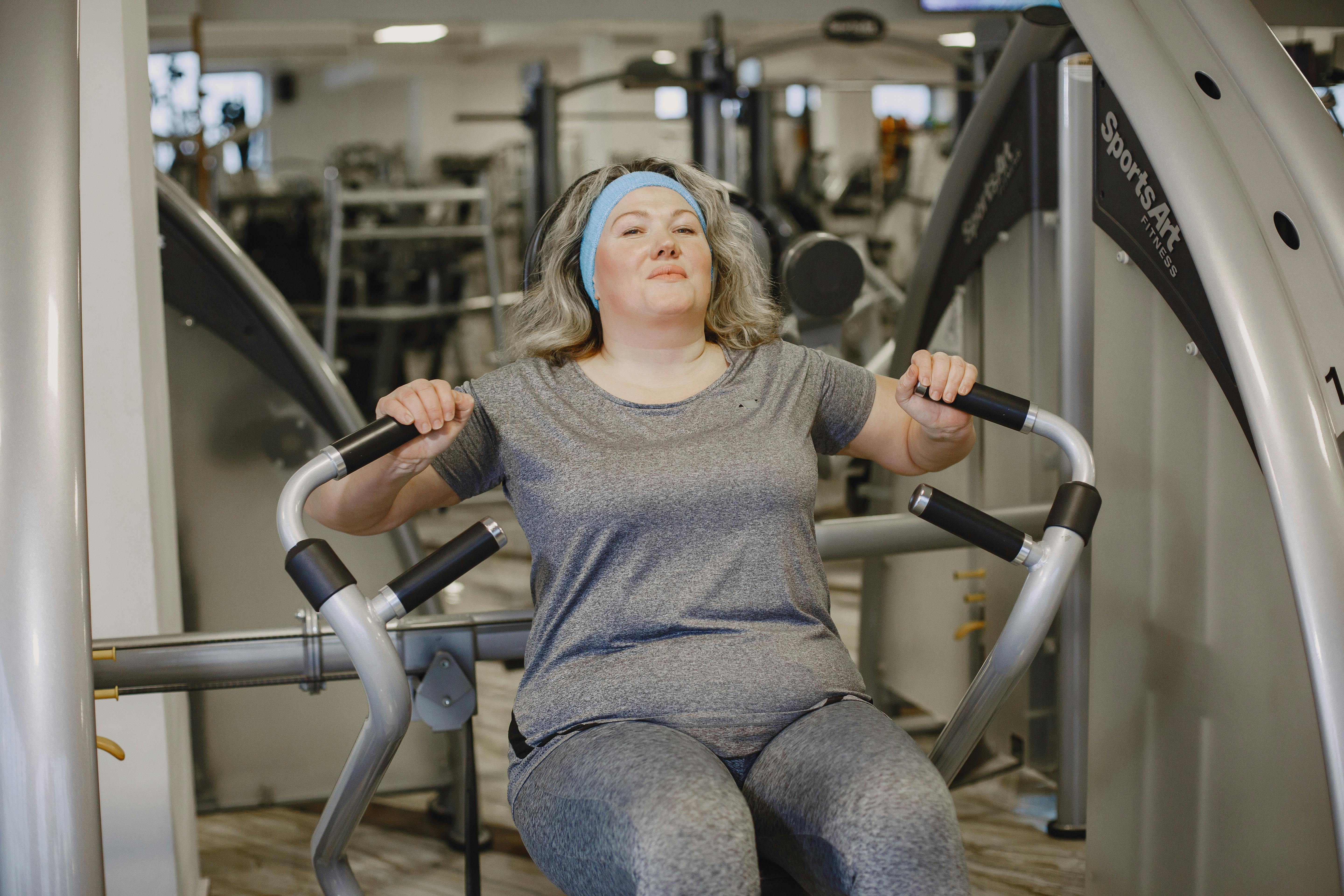The body depends on three macronutrients: protein, carbohydrates, and fat, as well as many micronutrients. Unlike carbohydrates and fats, protein is not easily stored in the body, however, it will store protein just like the others in the face of too many calories. Fat is the easiest for the body to digest. The body digests carbohydrates according to their type. Simple carbohydrates are quick and easy to digest and lead to sugar spikes that can cause weight gain. Complex carbohydrates, on the other hand, take longer for the body to digest and do not contribute to the sugar spike, insulin spike cycle.
Proteins are the most difficult for the body to digest and begin to burn energy from the moment they enter the bloodstream. Proteins, in addition to being slow to digest, are vital for all cells in the body and play an important role in a number of functions. Despite the importance of the nutrient, there is an upper limit to the amount of protein the body needs. Ironically, the need for protein is never greater than in the first six months of human life, when, pound for pound, the need for protein is double what it will be for the rest of life, no matter the circumstances or the stage of life.
Some of the functions of protein
Protein’s most obvious role is in building and repairing muscle, but there are many others. These include:
– Connective tissue construction
– Construction of cell membranes.
– Contributing to the bone matrix
– Regulate the pH balance of the blood.
– Form hormones and enzymes, including those that play a role in regulating sleep, digestion, and ovulation.
– Stimulate immune function (antibodies are proteins)
– Create new blood cells.
– Creation of RNA and DNA.
– Create neurotransmitters
(Source: Nelson, 2009)
The protein digestive process
All proteins are made from a series of amino acids. While the human body can create many of these amino acids on its own, there are eight that are not made in the human body and must come from food sources every day. These are called the essential amino acids. A protein is considered complete, meaning it has all eight essential amino acids, or incomplete, meaning it is missing one or more of them. These eight amino acids are leucine, isoleucine, valine, threonine, methionine, phenylalanine, tryptophan, and lysine. Animal proteins are complete, while most plant proteins are not.
These amino acids are technically simple compounds created from carbon, hydrogen, oxygen, or nitrogen molecules. Each of the amino acids will join together to form a chain, which is then called a peptide. The average peptide will have more than 500 amino acids.
Each protein is broken down into simple amino acids during the digestive process. These, in turn, are absorbed and used by the body to make new amino acids, enzymes, and hormones.
During digestion, the protein is first sent to the stomach, where hydrochloric acid from the stomach breaks it down into its first components. The gastric enzyme pepsin, which is the only protease capable of digesting collagen, a protein in animal connective tissue, digests amino acids. (Enzymes are classified as proteinases or proteases.) The next step in the process takes place in the duodenum, the first segment of the small intestine. Here, the pancreas will deliver its own protease enzymes, trypsin and chymotrypsin. Trypsin works to break down protein into amino acids through a process called hydrolysis, where a water molecule is inserted between two amino acids to break their bond and separate them. At this point in the digestive process, the amino acids are small enough to pass through the intestinal lining and the rest of the body.
During exercise, the body’s protein production decreases. The remaining protein is then converted to free amino acids and used as fuel for working muscle groups. After exercise, especially in the case of intense resistance training, the rate of protein synthesis remains low, while the breakdown rates remain high for about twenty-four hours. Without a new source of protein during this recovery period, breakdown is likely to outstrip synthesis and the body will turn to its own muscles for fuel.
Protein evaluation
All proteins, especially those used by elite, endurance, and strength athletes, are evaluated on two scales. The Protein Digestibility Corrected Amino Acid Score (PDCAA) judges the integrity of a protein. A complete protein, meaning one that has all eight essential amino acids, will score 1 on this scale. The second score is the Biological Value (BV) score, which will judge how much of a protein the body actually retains after it is broken down. All types of protein are often compared to eggs on this scale because they have a score of 100, which means that all of the protein you get from eating an egg is retained by your body. Unless you’re an elite athlete, you’re not likely to know or care about your protein’s PDCAA or BV score, and there are simpler ways to assess the foods and supplements you consume.
Your proteins should be low in fat, especially saturated fat. They should be low in calories, or at least not extremely high in calories relative to the serving size. Finally, they must taste good and also have other nutritional benefits.
Protein supplements should be high in protein but low in calories and should not have added sugars or fats. Read all labels carefully, as some of the protein bar brands try to pretend to be healthy when they are little different from the average candy bar.
Know your need for protein
From the baby in his crib to the elite bodybuilder to the old man playing shuffleboard, all human beings need protein. Their actual need is as individual as they are, based on their age, health, weight and activity level. Protein is important, but it can also be dangerous when consumed in extremely high amounts. Experts suggest that the upper limit not exceed 35% of total daily calories, even for elite athletes. As mentioned above, there is no greater need for protein than during the first six months of life, when the baby should be receiving 2.2 grams of protein per kg of body weight. The elite bodybuilder, on the other hand, should get around 1.6 grams per kg of body weight. (Source: US Protein and Nutrition Guidelines) For the average-sized man, that translates to about 60 grams of protein per day, or about 8 ounces of meat. Women need less protein than men, unless they are pregnant, when the need increases dramatically. However, when a woman is not pregnant, excess protein can lead to increased calcium loss through the urine, putting her at higher risk of developing osteoporosis. (Source: Tsang, DR 2007)
For the average person, the need for protein is between 5 and 8 grams per kg of body weight each day, more if you are very active and less if you are sedentary. Timing is also important, and athletes are advised to eat a small protein meal or take a protein supplement of choice before and immediately after exercising so that the body does not resort to destroying its own muscle mass for energy.
References
Lisa Nelson Protein and Heart Health: How Much Do You Need? Health Center. Highbloodpressionconnection.com Nov 30, 3009
Gloria Tsang, DR Men vs. Women: Difference in Nutritional Requirements. Healthcastle.com October 2007
The US Dietary Protein Guidelines, US Department of Agriculture



